How we were testing
The original fans are quite slow, so it was especially fascinating to watch how the heatsink behaved with settings that are not intended for it – with a proper airflow through the ribs. Not only with both fans, but also with just one. Some results really surprised us. And the temperatures in the passive mode are very interesting too, one of the reasons why Ninja coolers have such a good reputation.
Conclusion
Let’s go chapter after chapter. Traditional bonus tests include monitoring of VRM heatsink temperatures. This was the only bonus test when the stock fans were still installed. Ninja’s heatsink puts both fans further away from the power supply circuit than other coolers do, and the overhang of the rotors over the ribs is less significant. It is therefore quite obvious that the fans have lesser impact on the cooling of power supply circuit. However, we’re not trying to say that Ninja 5 is insufficient in any way, the results in this discipline are just negligibly worse than those of other tested coolers.
With a very strong system airflow, the fifth Ninja is falling behind NH-D15 only by 3 °C, which is a great result for Scythe since their cooler is noticeably cheaper. After reducing the system airflow (the speed of CPU fans was still 2000 rpm), the difference deepened a bit and this unique heatsink started to behave strangely. In this single mode, the cooler was more efficient with one fan only. The second fan pulls a lot of air in a linear direction (we’re still talking about high RPM), which seems to be not working well with the design that benefits from air dispersion. If you want to get the maximum performance out of this cooler, you simply need to use a strong system airflow, although such noisy settings may not be attractive for everyone.
Medium speed of the reference NF-F12 iPPC fans worked out better for Ninja (it could almost keep up with NH-D15), and low RPM would be the best choice. But we need to mention that Noctua cooler comes with two bigger fans that really fit its heatsink and thus make it more efficient, and the same can be said about Ninja 5 (Scythe fans have more blades with smaller area and larger angle). The results confirmed the fact that Scythe worked hard on optimization of their fans. Look at the temperatures with stock models at max. RPM (72.3 °C) and with 2× NF-F12@15 V at max. RPM (72.5 °C). It’s basically the same value + original Ninja fans running at maximum speed are 6 dBA less noisy.
Removing one fan ruins the cooling performance only at very low noise levels, but we still don’t recommend doing it. If you want to have a quiet rig and are planning to buy the cooler with intention of using the second fan for your system cooling, you should reconsider it. Ninja 5 is optimized for two fans with low RPM. Results in the passive mode are also convenient, but Ninja 4 could handle it definitely better thanks to narrower gaps between the ribs.
If you like magazine HWCooling, please support us.
We cannot keep publishing this kind of detailed content on regular basis without your help because it is very time consuming. We will be grateful for every contribution. Thank you!
- Contents
- How we were testing
- Cooling the MOSFET-s
- With the same fans
- Passive mode (+ prints of the compound)
- Conclusion





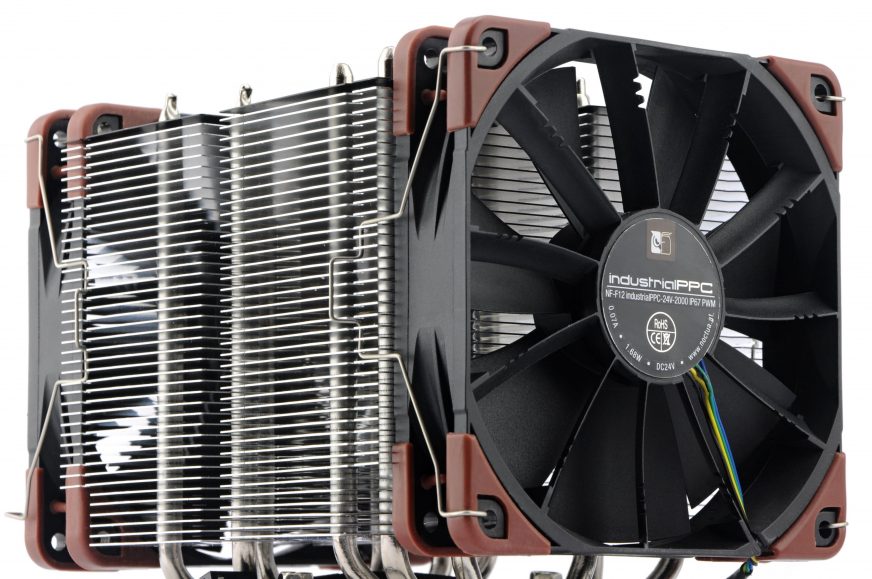
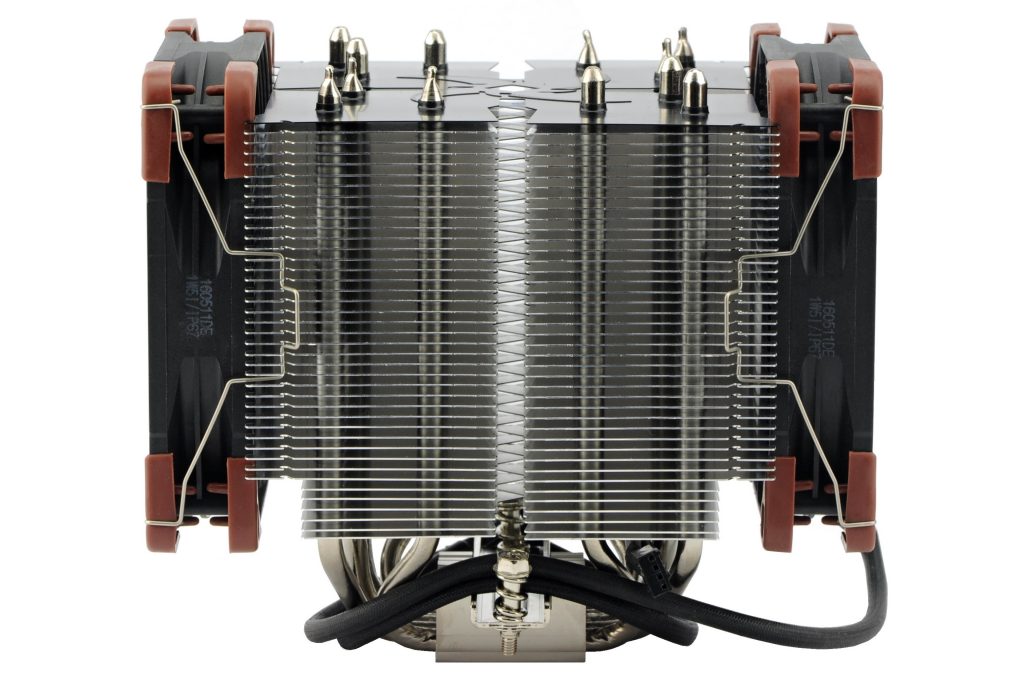
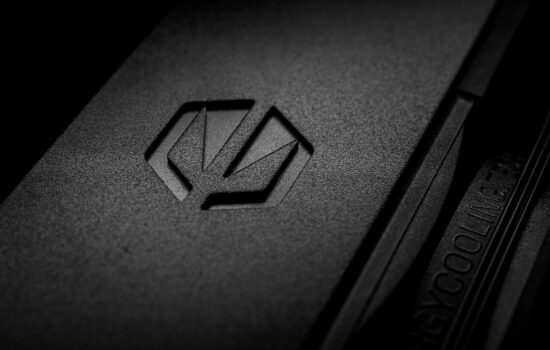
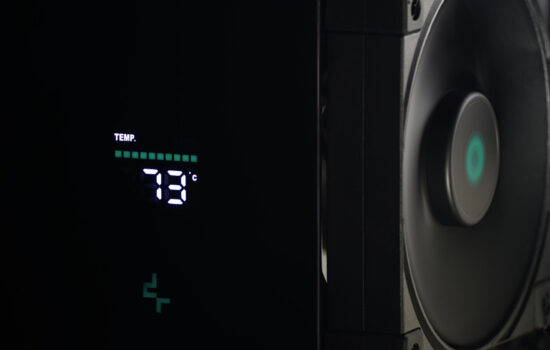
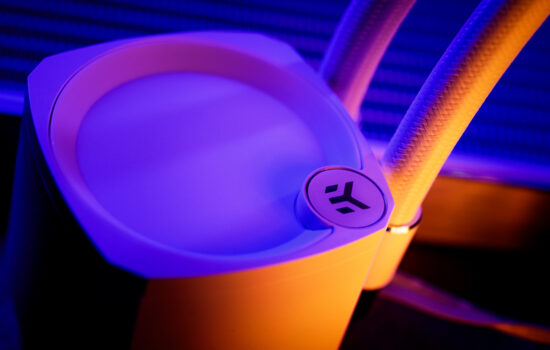



Thank you. Awesome comprehensive testing!
This test is hard to read. Why are some graphs empty? What is @24V? Is it 2x 12V or do you actually put 24V through the fans?
These noctua fans take 24v stock. 24v = max rpm on the industrial models.
Passive Cooling means no fans attached to it ?? am I right ?
Sorry for late reply. Passive cooling mean that heatsink haven’t a fan on its ribs but the system cooling is active.